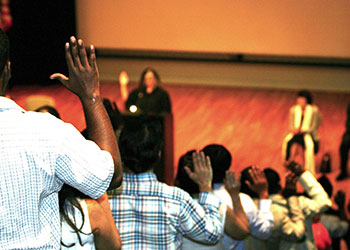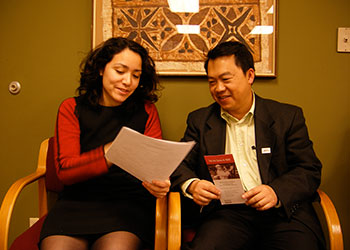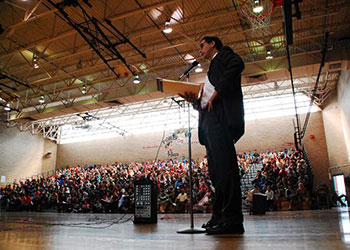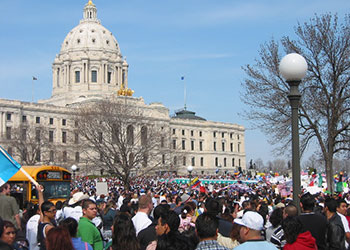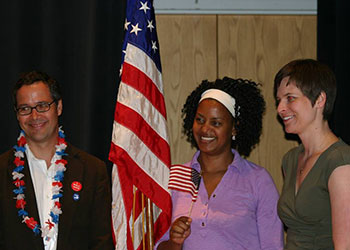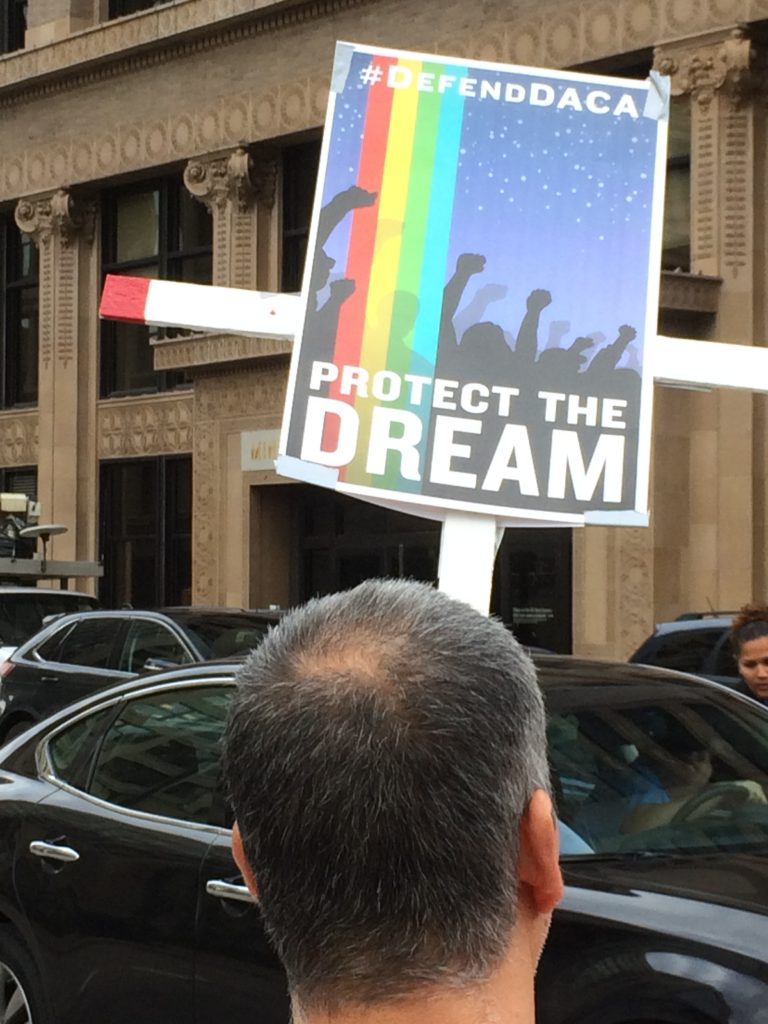One Doctor’s Stand Against Hate from Jessica Wang on Vimeo.
Dr. Ayaz Virji, a noted speaker on the rise of Islamophobia since the 2016 election and the need to know and love our neighbors, will be the keynote speaker at the 2018 Gala of the Immigrant Law Center of Minnesota.
Dr. Virji and his family live in Dawson, Minnesota, a small town in western Minnesota. They moved to Dawson in 2014 because of his desire to practice medicine in an underserved area. Prior to 2014, Dr. Virji had practiced at a large health care chain in Pennsylvania, after receiving his MD from Georgetown University in 2000 and completing residency training in family medicine at Duke University Medical Center in 2003.
Last year, the Washington Post reported on Virji and Dawson, about increasing Islamophobia after the 2016 election, and about Virji’s response to it. They described the doctor coming to Dawson in 2014:
“Ayaz remembered that it “just felt right.” Wholesome. He had been wanting to get away from his job working for a huge health-care chain in Harrisburg, Pa., and find a way to practice what he called “dignified medicine.” The town seemed to want him, too, a doctor with a medical degree from Georgetown University and an interest in rural health. No one seemed to care that he was Muslim, of Indian descent, born in Kenya and raised in Florida. They just needed a good doctor. So the Virjis decided to move to Dawson.”
After 2016, the welcoming feeling changed. Since then, Virji and a local Christian pastor have worked together to address the anti-Muslim, anti-immigrant sentiments they have seen. The Washington Post article quoted from one of Virji’s public talks:
“You can sense I’m angry about that,” he said. “Wasn’t Jesus angry when he went into the temple and knocked over the tables of the money changers? He was angry. Injustice should make us angry! Okay? I am angry about the election. Because there is injustice there, and I have felt that within my family. And with the burning of mosques? And something like 150 bomb threats to Jewish synagogues? We should think.”
We look forward to hearing Dr. Virji as the keynote speaker at ILCM’s June 1 2018 Gala.
If you’d like to learn more, you can listen to the podcast with Carvell Wallace, or read the articles linked below:
- ‘Love Thy Neighbor’ (Washington Post, 7/1/17)
- Small-Town Doctor in Minnesota Gives Voice to Islam (Star Tribune, 7/15/17)
- A Muslim Doctor Caring for Trump’s America (Al Jazeera, 12/1/17)
